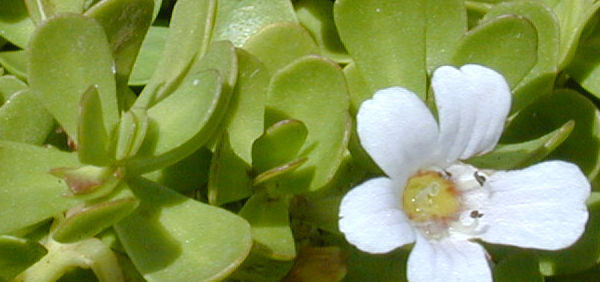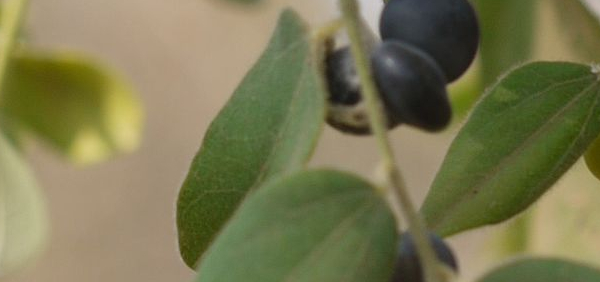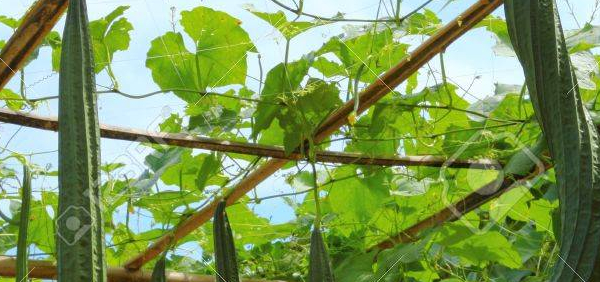indhana :

Taxonomical Classification
Kingdom: Plantae - Plants
Subkingdom: Tracheobionta - Vascular plants
Superdivision: Spermatophyta - Seed plants
Division: Magnoliophyta - Flowering plants
Class: Magnoliopsida - Dicotyledons
Order: Asteraless
Family: Asteraceae
Genus: Artemisia
Species: Artemisia absinthium
Allied species:
Classical categorisation- Bhavaprakasha - Pushpa Varga
- Dhanvanthiri Nighantu - Chandanadi varga
- Kaiyyadeva Nighantu - Oushadhi Varga
- Raja Nighantu - Karaveeradi Varga
VERNACULAR NAMES
Sanskrit: Indhana, Nagadamini, DamarEnglish: worm-wood, mugwort , green ginger, absinthe, absinthium
Hindi: Majri, Karmala, Majtari, Mastiyarah
Urdu: Afsantin
Telugu: moshipatri, tartiha
Bengali: Mastaru
Marathi: Sarpana
Gujarathi: Mastaru
Tamil: macipattiri, macippaccai
Malayalam: nilampala, shulabandha,
Kannada: Uruvalu, Urigattige
Punjabi: Mastiyara
Arabic: Afsantin, Damseeh
Mexican: Anjenjo
Chinese: Ku ai, Yang ai
French: , Genepi
German: Wermut, Absinth
Nepal: titepati
Persian: Marwah, Afstiyun
Sinhalese: Wal kalandu
Greek: Apsinthion
Varities:
This plant, and its cultivars Lambrook Mist and Lambrook Silver have gained the Royal Horticultural Societys Award of Garden Merit. These two short cultivars are very similar and more silver than typical British absinthium material and probably derive from southern Europe. Lambrook Silver is the earliest of these cultivars having been selected in the late 1950s by Margery Fish who developed the garden at East Lambrook Manor. Lambrook Mist was selected about 30 years later by Andrew Norton, a subsequent owner of the garden. Both gained their AGMs (Award of Garden Merit) during the RHS Artemisia Trial 1991–3.- » Classification and names of indhana
- » Synonyms and definitions of indhana
- » Drug Properties of indhana
- » Chemical Constituents of indhana
- » Standardization of indhana
- » Parts used and Dosage of indhana
- » Morphology and Histology of indhana
- » Distribution and Conservation of indhana
- » Cultivation of indhana
- » indhana in the market
- » Medicinal Uses of indhana
- » Researches and clinical trails of indhana
- » indhana in other sytems of medicine
- » Ayurvedic formulations with indhana
- » Images of indhana












